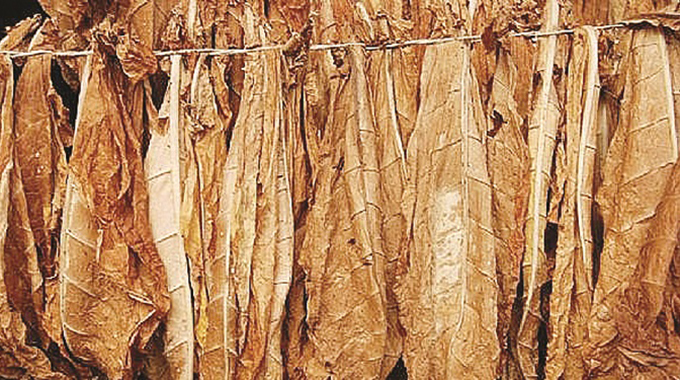Tobacco merchants to finance woodlots

Business Reporter
Tobacco merchants will, starting this year, be required to finance planting of trees on 0,2 hectare woodlots, to be used in curing the crop, for every hectare contracted in a move expected to reduce deforestation.
Firewood is the principal source of energy for curing tobacco, a major foreign currency earner for Zimbabwe.
With close to 150 000 farmers, the tobacco industry has been largely blamed for massive destruction of the indigenous forests.
“We expect tobacco merchants to comply this year,” Tobacco Industry and Marketing Board acting chief executive Mr Gudu said.
“Before the land reform programme, which began at the turn of the millennium, coal was the main source of energy used for curing tobacco by farmers.
“However, coal and electricity and the associated infrastructure are beyond the reach of smallholder farmers.
“Thus the farmers are left with no option other than indigenous forests.
“Wood continues to be the major source of curing fuel — most of it obtained from unsustainable sources for the tobacco crop,” Zimbabwe Tobacco Association chief executive Mr Rodney Ambrose said.
“Large tracts of forests continue to be depleted at alarming rates with little intervention by any of the authorities or the industry at large.
“Provision of coal is not a sustainable source and in the near future, tobacco cured with non-sustainable curing fuel may not be accepted by key customers.”
He said that alternative curing fuels were needed more urgently than before.”
Mr Ambrose said there was little evidence on the effective use of the afforestation levy, which is now in its 6th year.
Tobacco is Zimbabwe’s second largest foreign currency, earner after gold. Tobacco farming stands out as one of the biggest empowerment stories not just in the history of Zimbabwe, but at a global level.
Prior to the land reform programme tobacco farming was chiefly a preserve of large scale white former commercial farmers with negligible numbers of black farmers.
Smallholder black farmers were actively discouraged from producing tobacco as it was said to be too technically challenging for them.
When black farmers delivered tobacco to the floors it was sold in what was then termed the “Chitungwiza” sale at grossly low prices.
White farmers did not want to share this lucrative cake with the indigenous majority.
Prior to land reform, about 2000 large scale commercial farmers produced 200million kg, an average of 200 tonnes per farmer.










Comments